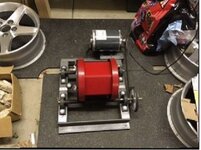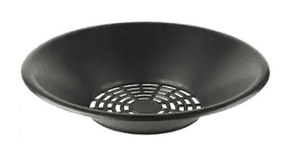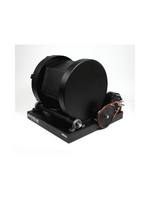- Messages
- 945
- Reactions
- 1,147
So with time on my hands, low inventory on some critical components, but piles of brass, I decided to start slogging through getting a bunch of it prepped. Since my little Lee APP was already set up for 9mm, that's what I started with. All was good until I got to the cleaning primer pockets step, at which point the whole process turned into a misery. I know, lots of you don't bother cleaning primer pockets, especially on handgun ammo, but it just bugs me if I skip it  . Anyway, as I have thousands more cases to go, both pistol and rifle, I've decided it's time to invest in a wet SS pin type cleaner. I've avoided it up to this point, mostly because of the hassle of drying the cases, but that's still a lot less pain that cleaning those primer pockets manually
. Anyway, as I have thousands more cases to go, both pistol and rifle, I've decided it's time to invest in a wet SS pin type cleaner. I've avoided it up to this point, mostly because of the hassle of drying the cases, but that's still a lot less pain that cleaning those primer pockets manually  . Besides, it occurred to me that I have a good sized dehydrator that rarely gets used.
. Besides, it occurred to me that I have a good sized dehydrator that rarely gets used.
So all that out of the way, what machine is at the top of ya'll's list? I'm a fan of Frankford Arsenal products, I know there are others out there, but the price starts going up in a hurry. That said, price isn't my primary motivator, but if I'm going to pay twice as much, I expect to get twice as much . So are the more expensive machines worth it, or is it just paying for a name? Looking forward to your suggestions and recommendations, thanks.
. So are the more expensive machines worth it, or is it just paying for a name? Looking forward to your suggestions and recommendations, thanks.
Dave
So all that out of the way, what machine is at the top of ya'll's list? I'm a fan of Frankford Arsenal products, I know there are others out there, but the price starts going up in a hurry. That said, price isn't my primary motivator, but if I'm going to pay twice as much, I expect to get twice as much
Dave















